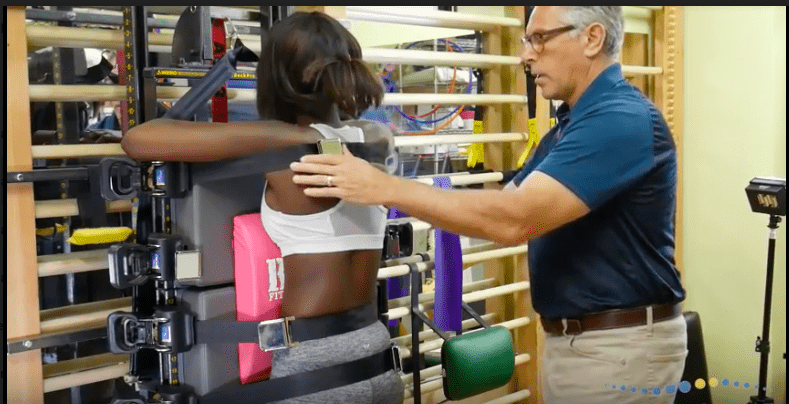September 12, 2012
Back Pain related to increased Kyphosis
Kyphosis is a medical term that is used to refer to a condition whereby the outward curvature of the thoracic spine (upper back) bends forward. This condition can occur either as a birth deformity, or as a result of an abnormal twisting of the spinal vertebrae. Once the thoracic spine bends abnormally, one is likely to experience severe Kyphosis pain. This condition is more common in adolescent girls than in adolescent boys.
Causes of Kyphosis
There are a number things that can trigger this condition. They are as follows; –
- Osteoporosis that leads to vertebral fracture is the commonest cause of Kyphosis. It is common in adults, and more so in women than in men. Osteoporosis tends to weaken the spine’s vertebral bones and subjects it to fracture. Once the vertebral bone is crashed, the spine leans forward, leading to a Kyphotic curve that forces the spine to lean forward.
- Another cause of Kyphosis is the malformation of the spinal column, also known as congenital Kyphosis. This can occur when a baby is still in the womb.
- Spinal arthritis is another cause of Kyphosis. This is as a result of the degeneration of discs that is caused by wear and tear of the spine over a period of time.
- Vitamin D deficiencies are another cause of Kyphosis. Having a vitamin D deficiency during childhood can trigger this condition.
- Poor posture and slouching are other contributors to Kyphosis. Even though they may lead to this condition, a person may not necessarily experience Kyphosis pain.
- Abnormal growth of the discs and spine can also lead to Kyphosis. This occurs to men more than to women.
Symptoms of Kyphosis
Besides severe pain, there are other symptoms that can indicate that a person is suffering from Kyphosis. These symptoms include back pain, stiffness in the back and an appearance of a hunchback. In most cases, these symptoms do not progress with time, but remain fairly constant. In some cases, there are some severe symptoms that can emerge to indicate that a person is suffering from this condition.
Some neurologic symptoms such as loss of bladder and bowel control, general body weakness and loss of sensation may also be experienced. Severe cases can bring about pulmonary and cardiac problems that may cause shortness of breath and chest pain. Should a person experience Kyphosis pain that is accompanied by these symptoms, it is very important for him or her to seek medical assistance at once.
Treatment of Kyphosis
There are a number of options when it comes to Kyphosis treatment. However, it is very important for a person to report the symptoms that he or she may suspect to be related to Kyphosis to a doctor. This can help the healthcare provider to do some tests that can help to establish the real cause of this condition. After the root cause of the condition is established, the doctor can recommend some medications that can help to prevent the progression of the condition. Surgery is another option that can be used to address Kyphosis. Physical therapy and exercises can also be very helpful in relieving Kyphosis pain. Therefore, it is highly advisable for one to seek the doctor’s opinion when it comes to choosing the most ideal treatment for this condition.

0 Comments
Leave A Comment